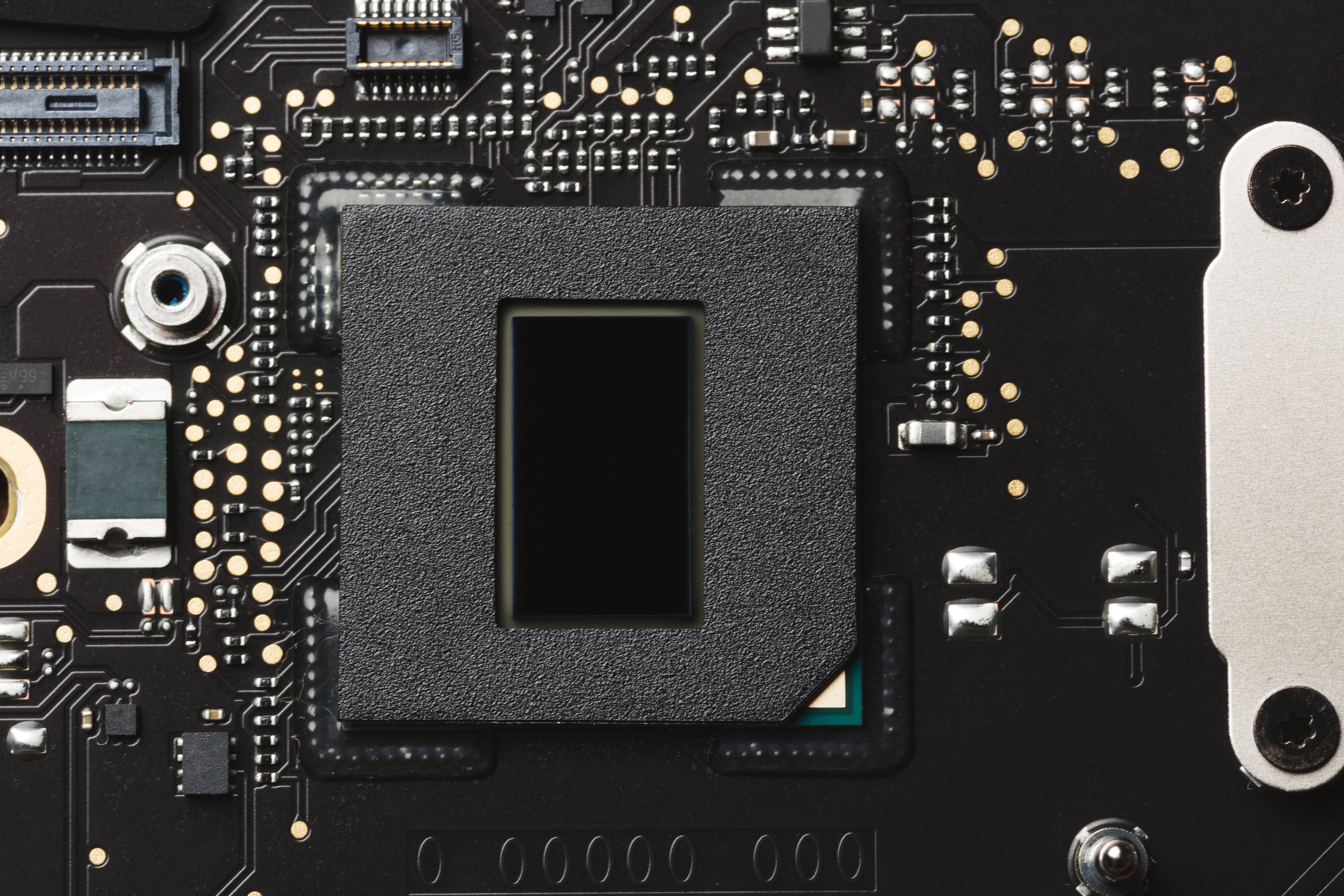Our Security

Radio Frequency Identification
S-ONE uses RFID technology to keep track and accountability of all assets, or collections bought by our clients.

Safe Anywhere Everywhere
Our clients feel at ease of their collections acquired through S-ONE with our tracking technology.

RFID One Touch
Our One Touch application can be accessed anywhere and everywhere through mobile devices.
E-Tag RFID
Short for ‘Radio Frequency Identification’ – it’s a type of contactless technology using a transponder to identify items. It’s basically a small chip – either implanted in or attached to an object. RFID Hard tags or smart labels format are similar to barcodes in the sense that they use radio waves to capture and store the information into a database.
However, unlike barcodes which require line-of-sight (analogue) – it’s a technology improved version (digital) as tags possess read and write capabilities. Moreover, data and information stored on RFID tags and systems can be altered, updated, and locked depending on specific application. It helps businesses track inventory for stocking, marketing or processing. This helps in reducing costs and inventory – recommends less purchasing of non moving products, adjustment of prices for sought-after products or monitoring processes within a manufacturing environment.
The two main types of RFID: Active vs Passive tags
Active tags
Active RFID are battery-operated tags which come in two frequencies – 915 MHz or 433 MHz – to transfer information. There are primarily two kinds of active RFID tags:
Beacons: Just as its name states – a beacon will send out an information ping every 3 to 5 seconds – and signals can be read from hundreds of metres away.
Transponders: Transponders are much more battery-efficient – as they’re only activatable when the tag is within range of the reader.
Passive tags
Passive tags work by using electromagnetic energy transfer from an RFID reader instead of a power source. There are three main frequencies – Low Frequency (LF), High Frequency (HF / NFC) and Ultra High Frequency (UHF). The frequencies are as follows: 125 to 134 KHz, 13.56 MHz, 865 – 960 MHz, respectively.